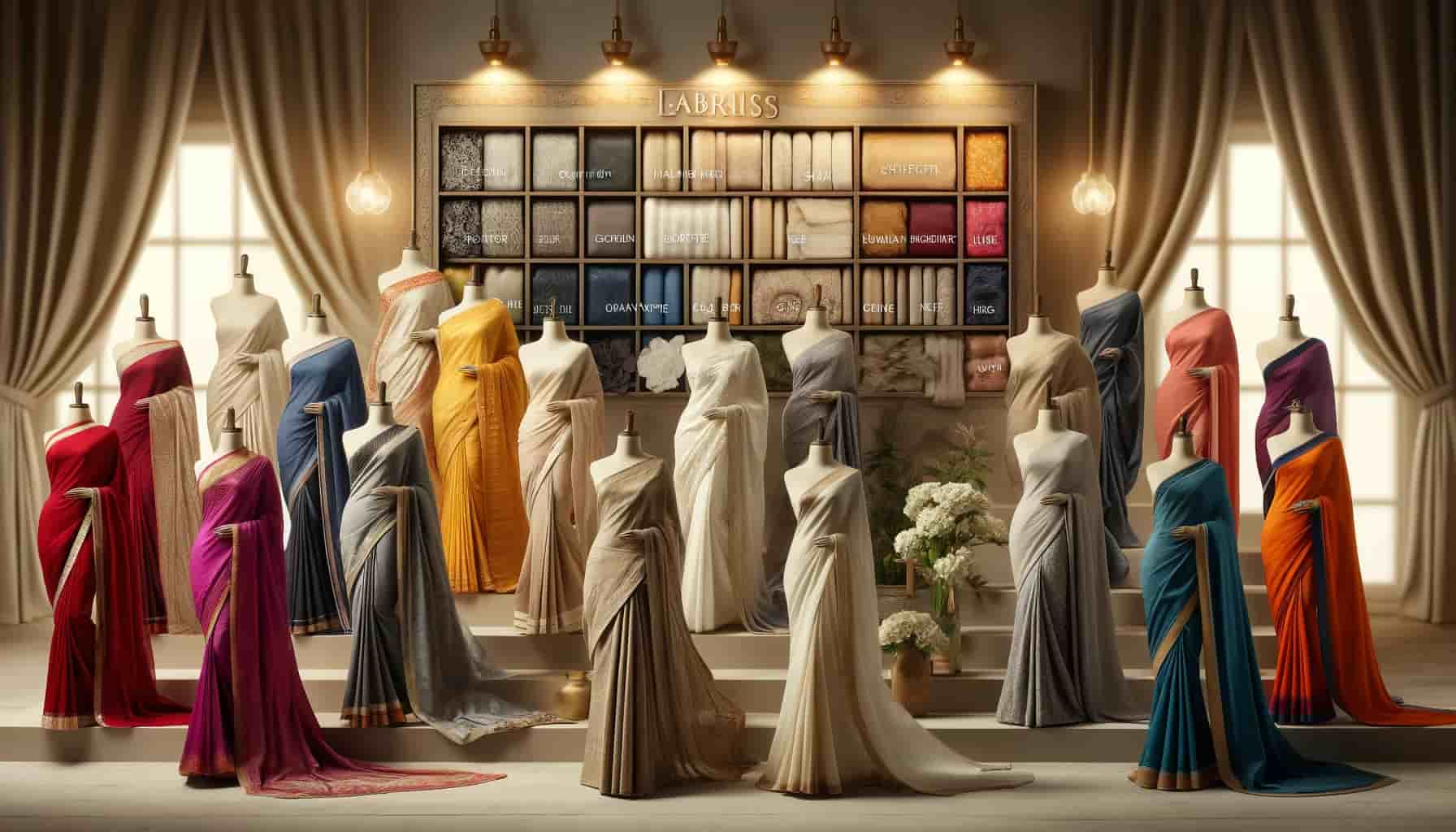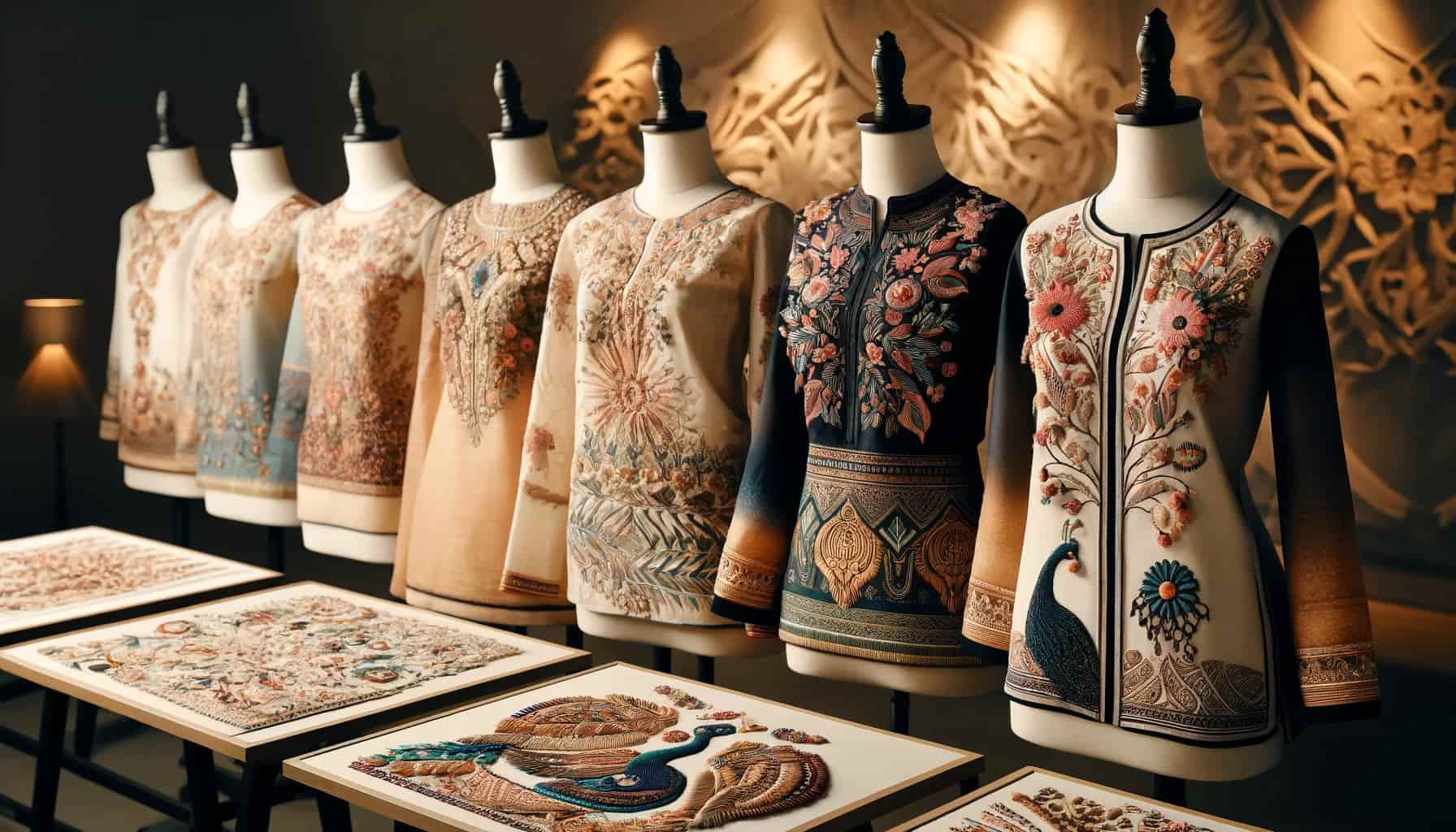
7 Stunning Types of Saree Draping Styles You Need to Try
Sarees are not only a symbol of cultural heritage but also a canvas for artistic expression through various draping styles. Each region in India and beyond has developed its unique way of wearing this elegant garment, turning it into a versatile fashion statement. In this blog, we explore seven stunning saree draping styles that every saree enthusiast should know and try.
1. Nivi Style
Origin: Andhra Pradesh, India
Description: The classic and most popular form of saree draping, the Nivi style involves tucking the end of the saree into the petticoat, wrapping it around the waist, and then draping the remaining cloth over the shoulder. It creates elegant pleats at the front, offering a graceful look.
Occasion: Perfect for formal and casual events.
2. Bengali Style
Origin: West Bengal, India
Description: This traditional draping method features a box pleat at the front, with the pallu coming from the back on both sides, tied in an intricate knot over the right shoulder, and adorned with a key ring or ornamental ties.
Occasion: Ideal for weddings and cultural ceremonies.
3. Gujarati/Rajrani Style
Origin: Gujarat, India
Description: Similar to the Nivi style, but the pallu is draped from the back to the front on the right shoulder, and then spread across the chest, and the end is pinned on the left waist.
Occasion: Popular in business settings and festive occasions.
4. Maharashtrian/Kasta Style
Origin: Maharashtra, India
Description: This style resembles the wearing of a dhoti, with the center of the saree placed at the back center waist, the ends passed between the legs, and tucked in at the front and back waist, leaving the legs free to move.
Occasion: Suitable for vigorous activities and cultural dance performances.
5. Tamilian Style
Origin: Tamil Nadu, India
Description: Draped similarly to the Maharashtrian method, but the saree used is typically longer (about 9 yards), and the pleats are positioned along the left leg. The rest of the saree is wrapped around the waist again and draped over the shoulder.
Occasion: Often seen in traditional ceremonies and religious events.
6. Butterfly Style
Origin: Modern India
Description: An evolution of the Nivi style where the pallu is made very thin, so only the midriff is subtly covered, resembling the shape of a butterfly wing.
Occasion: Great for parties and glamorous social gatherings.
7. Mermaid Style
Origin: Modern Fusion
Description: The lower portion of the saree is draped to look more like a skirt with no pleats. The pallu comes from the back to the front on both shoulders, resembling the tail of a mermaid.
Occasion: Excellent for cocktail events and formal parties.
Conclusion
Experimenting with different saree draping styles not only enhances your fashion game but also pays homage to cultural traditions. Each style mentioned here offers a unique charm and elegance, ensuring you stand out at any event. Try these drapes to discover the versatility of the saree and express your personal style creatively.



Leave a comment
This site is protected by hCaptcha and the hCaptcha Privacy Policy and Terms of Service apply.